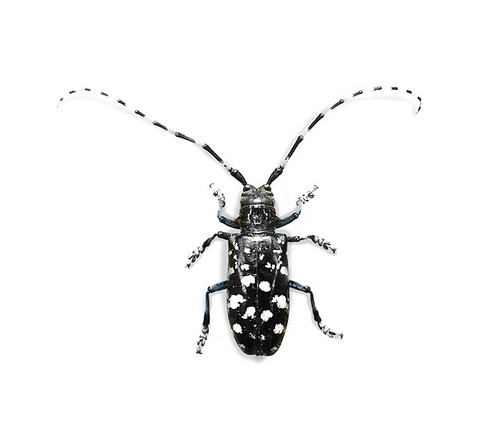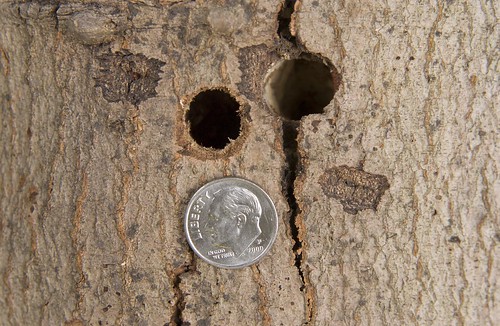
Throughout August, a little-known beetle may emerge from the trees in your community. You might see its long black and white antennae inching out from a dime-shaped hole in your favorite tree. The pest, named the Asian longhorned beetle, kills trees from the inside out. It attacks 13 types of hardwood trees.
That is why USDA is so focused on working closely with federal partners, states, communities and the public to combat this devastating pest. In my role as the Deputy Under Secretary for USDA’s Marketing and Regulatory Programs, I am acutely aware of what communities go through when faced with losing trees.
But I need your help. Early detection is crucial in the fight to save trees from the Asian longhorned beetle. In Massachusetts, it has meant the difference between 6 trees lost in Boston and the 30,000+ trees lost in Worcester County. Likewise is the importance of not moving firewood. In Ohio, two townships outside the original infested township have lost trees due to the movement of firewood.

I want the public to know how to detect and report the beetle. The earlier this pest is detected, the greater a community’s chances for saving its trees. Whether you’re camping, fishing, hiking, or just relaxing in the backyard, be on the lookout for the beetle.
Look for the beetle on tree trunks and branches, outdoor walls and structures, outdoor furniture, cars, sidewalks, and even caught in pool filters. Beetles are generally 1 to 1.5 inches in length, have six legs and a shiny, jet-black body with random white spots. Of course, those long black-and-white banded antennae are the beetle’s defining feature. If you notice a dime-shaped hole in the trunk, an oval depression on the bark of a tree, sawdust on the ground, or sap seeping from wounds in the tree, report it immediately by visiting www.BeetleBusters.info or by calling 1-866-702-9938.
Together we can protect our trees and communities from this invasive pest.
